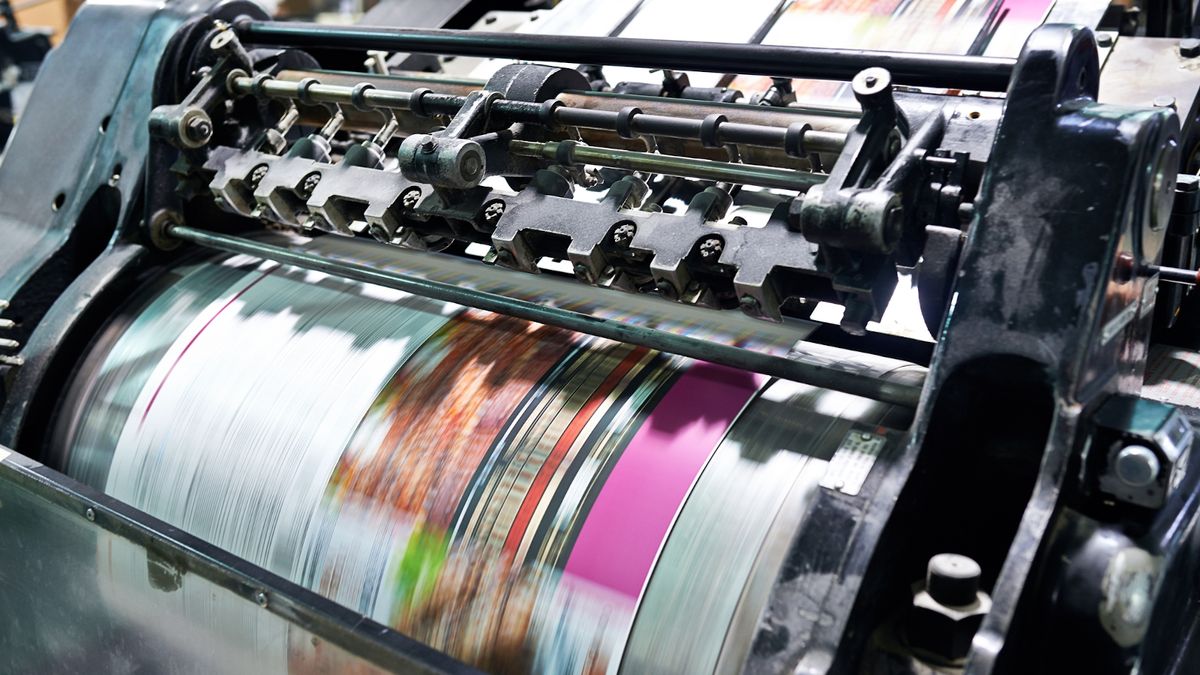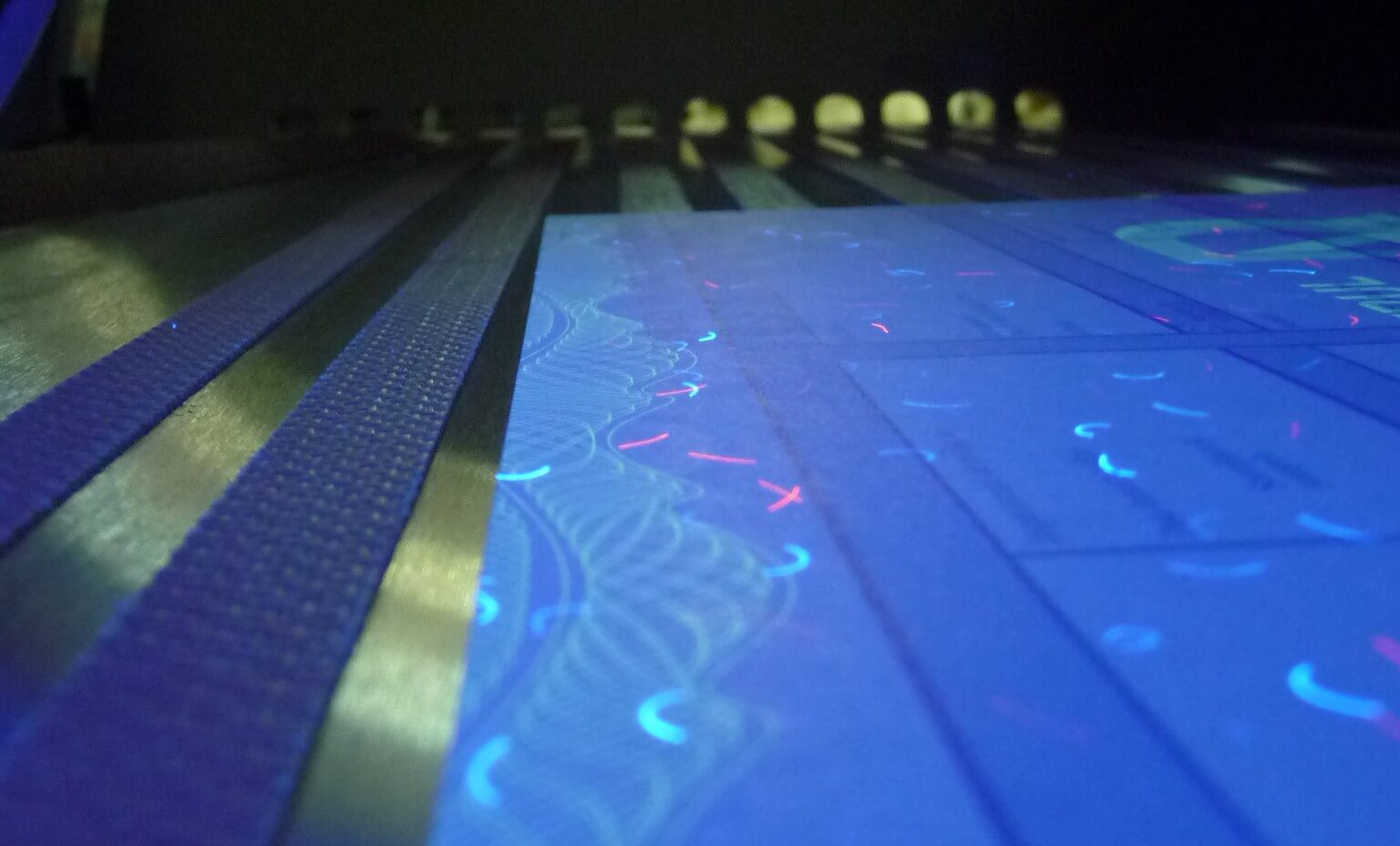In the vibrant world of printing and design, the synergy between offset printing and graphic design is undeniable. This pairing not only elevates the quality of printed materials but also enhances the visual appeal, creating a lasting impression. As we delve deeper into this fascinating subject, understanding the role of each component becomes crucial.

The Basics of Offset Printing
Offset printing is a widely-used technique where the inked image is transferred from a plate to a rubber blanket, and then onto the printing surface. This method is favored for its ability to produce high-quality, consistent prints with a professional finish. Businesses often rely on offset printing setup due to its efficiency in handling large volumes at a lower cost per unit.
Advantages of Offset Printing
One of the primary advantages of offset printing is its cost-effectiveness for bulk orders. Additionally, it offers remarkable color fidelity and sharpness, which are essential for projects where precision and detail matter. To explore more about the differences between printing techniques, you can refer to this external resource.
The Role of Graphic Design
Graphic design plays a pivotal role in the world of printing, crafting the visual narratives that captivate and inform. Designers work meticulously to ensure that every element, from typography to imagery, aligns with the client’s vision and the intended message. The marriage of graphic design and offset printing results in visually stunning outcomes that resonate with audiences.
Elements of Effective Graphic Design
Key elements such as color theory, layout, and typography are integral to successful graphic design. Designers must consider how these elements will translate in offset printing to maintain the integrity of the design. For instance, setting up files correctly for specific outputs like business cards is crucial for achieving the desired results.
Interplay Between Offset Printing and Graphic Design
The interplay between offset printing and graphic design is a dance of precision and creativity. Designers must understand the limitations and possibilities of offset printing to fully harness its potential. This knowledge allows them to create designs that not only look good on screen but also in print.
Challenges and Considerations
One of the challenges in offset printing is color management. Graphic designers must ensure that the colors used in digital designs are achievable in print. This often involves working within the CMYK color space, which can differ from the RGB color space used in digital devices. Understanding these differences is crucial for maintaining color accuracy.
Applications in Business
The blend of offset printing and graphic design finds extensive applications in the business world. From creating impactful marketing materials to producing branded stationery, the possibilities are vast. Businesses can benefit from exploring various offset printing options to enhance their brand visibility and communication strategies.
Creating Impactful Marketing Materials
Marketing materials such as brochures, flyers, and posters are often produced using offset printing due to its high-quality output and cost efficiency. The design of these materials must be carefully crafted to ensure they convey the intended message effectively while appealing to the target audience.
Future Trends
As technology evolves, so do the techniques in offset printing and graphic design. With advancements in digital tools and printing technology, the future looks promising for this dynamic duo. Innovations such as eco-friendly inks and substrates are paving the way for more sustainable printing solutions.
Embracing Sustainability
Environmental concerns are increasingly influencing the printing industry. Businesses are now seeking sustainable options to reduce their ecological footprint. Incorporating eco-friendly practices in offset printing is not only beneficial for the planet but also aligns with the growing consumer demand for sustainable solutions.
Conclusion
The integration of offset printing and graphic design is a testament to how technology and creativity can come together to produce extraordinary results. By understanding the intricacies of each field, businesses can leverage these tools to enhance their brand presence and connect with their audience more effectively.

FAQs
What is the main benefit of using offset printing?
The main benefit of offset printing is its ability to produce high-quality prints consistently, making it ideal for large-volume projects.
How does graphic design enhance printed materials?
Graphic design enhances printed materials by ensuring that the visual elements effectively communicate the intended message and captivate the audience.
What are some sustainable practices in offset printing?
Sustainable practices in offset printing include using eco-friendly inks and recycled substrates, which help reduce the environmental impact of printing processes.
This article contains affiliate links. We may earn a commission at no extra cost to you.







